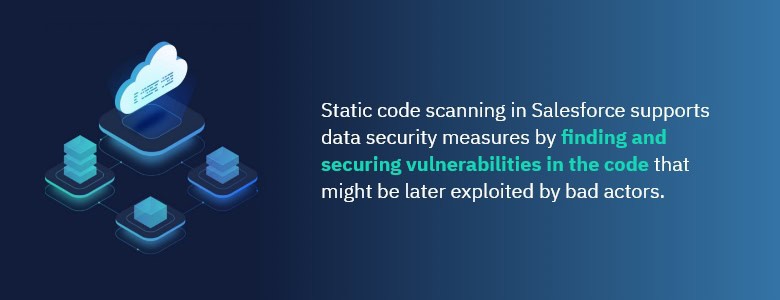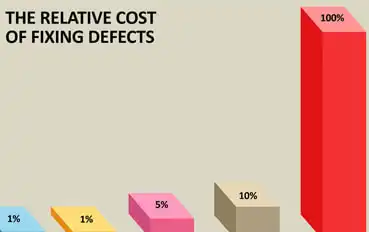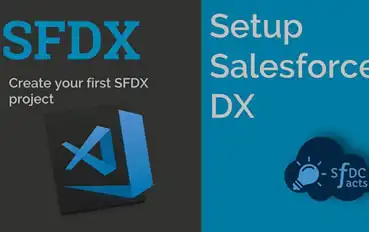The code that makes up the applications and updates that come from your Salesforce DevOps pipeline is important. That’s so basic that it’s barely worth saying, but there are numerous DevOps practitioners that consider “good enough” code to be, well, good enough.
The tendency to prioritize speed over quality with the idea that any errors can be fixed down the line is what’s known as “technical debt.” And technical debt is a costly, risky thing to rely upon.

Although technical debt may not produce an immediate effect, it has a significant long-term impact on your organization’s bottom line. These hidden risks can mount as projects continue, eventually creating an expensive and time-consuming rewrite.
Improving the quality of your code can be done in a few different ways. The first is to work with only extremely talented developers. However, there is only a finite amount of the “best” developers. The next best thing to do is to enable your current team members—no matter what their experience or skill level—through the utilization of powerful DevOps tools.
Salesforce static code analysis is an irreplaceable tool that can drastically reduce technical debt, improve the overall quality of your code, lower production costs, support data security, and increase release velocity.
It almost sounds too good to be true.
But what exactly is static code analysis and how does it accomplish these things?








